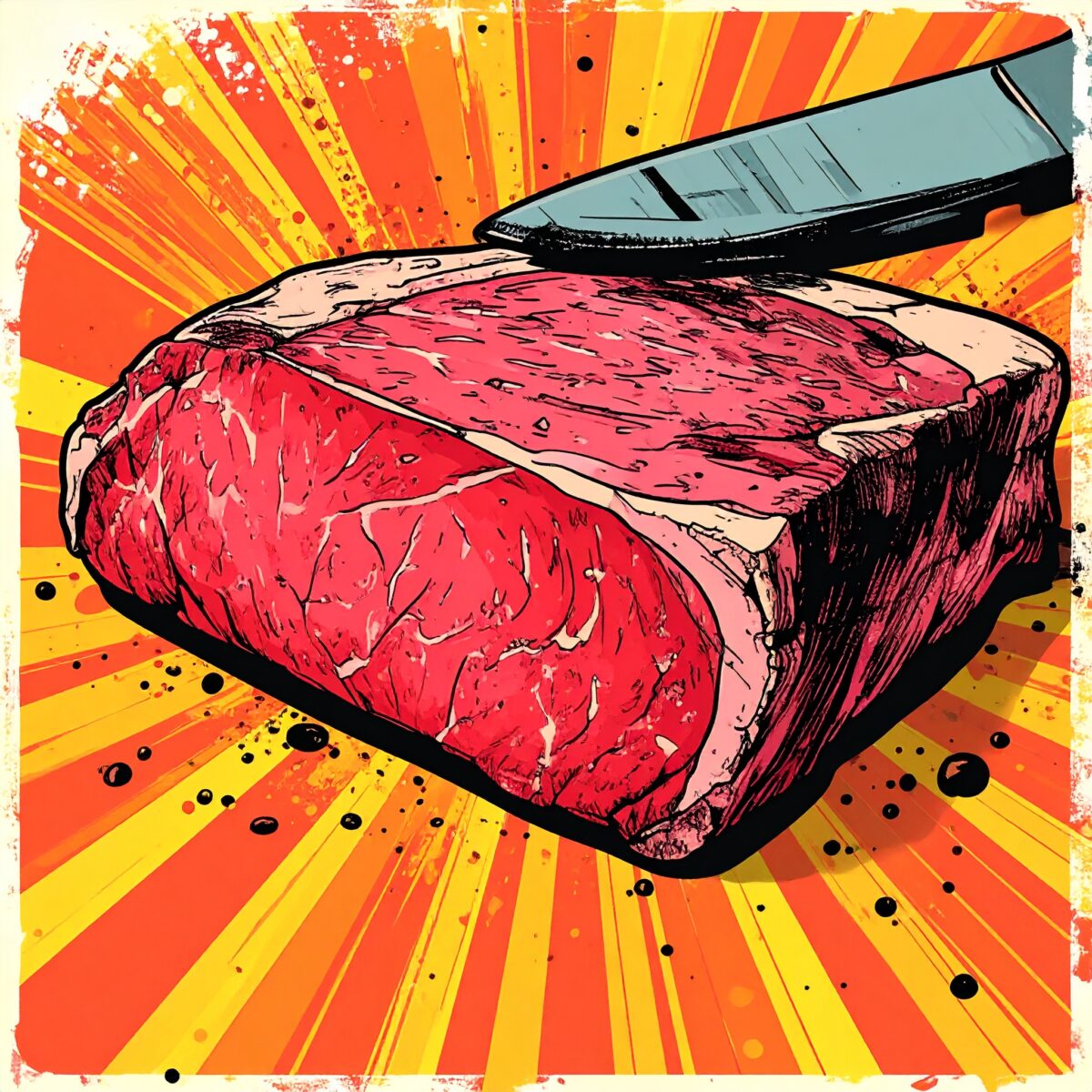As Wagyu solidifies its reputation as a global luxury delicacy, today’s discerning consumers and distributors are seeking more than just flavor and aesthetic appeal. Trust in the provenance—including safety, origin, and oversight—has become an indispensable pillar of the Wagyu brand’s value. At the core of this trust is Japan’s uniquely robust individual identification system, a nationwide framework that assigns a ten-digit ID to every cow. This system allows for full traceability from birth to market, anchoring the credibility of each cut of meat in verifiable data. Now, as the industry looks to the future, blockchain technology is emerging as a compelling tool for the next generation of traceability. By adding immutable transparency to an already rigorous system, Wagyu producers are exploring how artisanal tradition and digital innovation can converge. The result: a quiet but powerful evolution at the frontier of premium agriculture—one that speaks not only to taste, but to integrity, accountability, and the future of food itself.
In Japan, every head of cattle is assigned a unique 10-digit identification number under the Special Measures Law for the Management and Transmission of Information for Individual Cattle Identification, enacted in 2004. From the moment a calf is born, it is fitted with an ear tag, and this number becomes the key to a centralized record that includes birthplace, breeder, feeding location, slaughterhouse, and shipment date. What sets this system apart is its integration with the Livestock Improvement Center’s national database, which is updated in real time and fully accessible online. This unparalleled level of transparency allows anyone—from chefs to consumers—to trace the precise origin and journey of any cut of beef with confidence and clarity.
This system enables precise traceability within Japan—allowing anyone to determine not only where the beef originated, but also who raised the animal. In the world of Wagyu, provenance itself becomes part of the product’s quality, a narrative embedded in each cut. For consumers, this transparency serves as a mark of trust. At high-end restaurants and specialty butchers, displaying the identification number or presenting detailed lineage information by cut has become a way to offer both differentiation and assurance, reinforcing the value of Wagyu as a culinary investment.

However, maintaining this level of transparency becomes significantly more complex when Wagyu enters the global market. In key export regions—such as Asia, the Middle East, and the West—Japan’s rigorous tracking infrastructure is often absent. As a result, the identification number may only exist as a paper-based record, susceptible to omissions, alterations, or even intentional suppression by overseas sellers. Moreover, the absence of uniform verification standards has led to the ongoing risk of counterfeit products being sold under the “WAGYU” label, diluting brand value and eroding consumer trust.
This challenge has placed blockchain technology at the center of innovation. With its inherently immutable architecture, blockchain offers a fully transparent, tamper-proof record where every update is logged with a timestamp and identifier. By linking each animal’s individual ID to a blockchain ledger, it becomes possible to chronicle an unbroken chain of data—from birth and feed records, to antibiotic use, slaughter date, logistics, and even the final point of sale. This creates a digitally traceable system of provenance, offering both producers and global consumers a new level of confidence in the integrity of premium Wagyu.
In fact, several municipalities and producer cooperatives within Japan have already begun piloting blockchain-based Wagyu tracking systems, often integrated with QR codes. With a simple smartphone scan, consumers can instantly access detailed information about the beef’s origin—where the animal was raised, what it was fed, and how it was cared for. Some programs are also being developed in collaboration with overseas restaurants, allowing international diners to access the same verified data in English or local languages. This level of transparency is poised to become a new global benchmark for authenticity.
Especially in foreign markets where mislabeling and counterfeit products remain a persistent threat, the trustworthiness of tamper-proof data will soon outweigh traditional certificates or branded packaging. A future in which “authentic Wagyu” can only be claimed by linking to a verified blockchain-registered identity is fast approaching—offering assurance not only to connoisseurs, but also to the integrity of Japan’s most prestigious culinary export.
The path to widespread adoption of next-generation traceability is not without its challenges. Implementing such systems requires infrastructure investment and education—particularly for producers who must integrate smart devices and manage digital inputs. At the same time, overseas distributors must be equipped to handle this data accurately and responsibly; without a global standard of cooperation, the technology’s promise would remain unfulfilled.
The value of Wagyu today can no longer be defined by taste alone. Its identity encompasses where it was born, how it was raised, who was involved, and the journey it took to reach the plate. When these elements are transparently visible and verifiable, Wagyu becomes not just a luxury product—but a singular, globally trusted brand. The convergence of individual identification and blockchain marks a pivotal step toward that future: a world where the story of trust behind every cut can be instantly accessed and shared. In this sense, technology is not replacing tradition—it is elevating it, ensuring that the essence of Wagyu remains unmistakable in every corner of the world.




